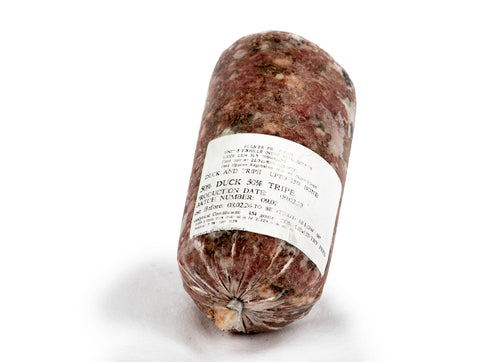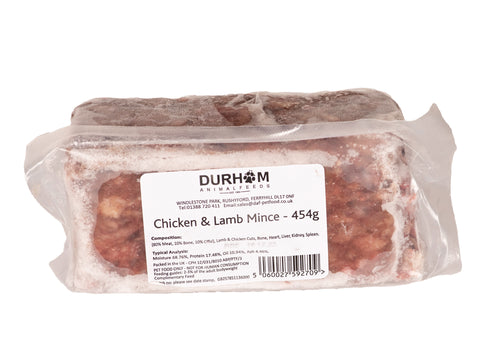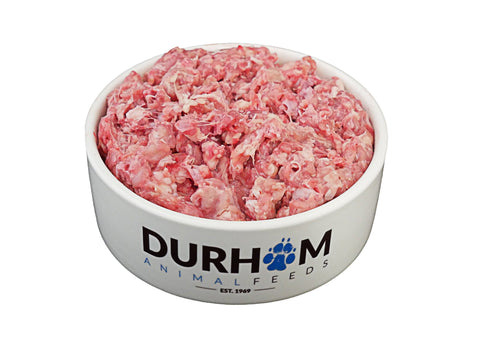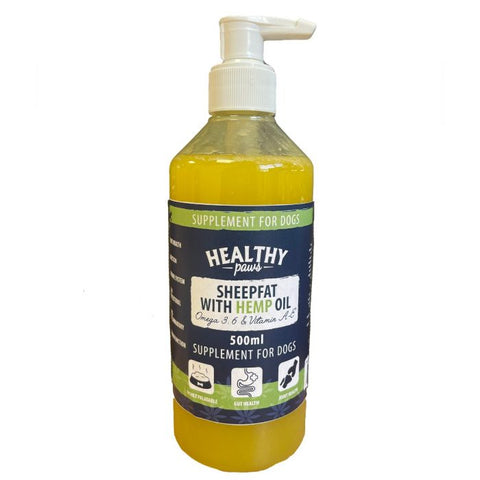Guide To Caring For Goldfish

Goldfish are typically trouble-free pets for all the family to enjoy. Goldfish are one of the easiest of all fish to keep, but if they are to be kept in an aquarium you must remember that they are totally dependent on you for their welfare. A well cared for goldfish can live for eight years or longer.
There are many varieties to choose from ranging from the common goldfish to varieties such as Comets, Fantails, Orandas, Lionheads, Shubunkins and Moors. These fish can all be kept in a tank or pond at room/outdoor temperature, so it is unnecessary to heat the water.
Shopping List
Aquarium tank or pond/liner
Plants
Rock/stones
Filter
Lighting
Siphon cleaning accessory
Remedies and conditioners
Food
Ornaments
Gravel
Water testing kit
Book on goldfish keeping
General Care
Healthy fish are bright-eyed and have a shiny appearance. First signs of distress are usually sluggish movement and drooping of dorsal and/or tail fins.
The most common illnesses are fungal infections of the skin, parasites and constipation.
Loss of scales, split fins and wounds received from predators can cause infection. Injuries can usually be treated with one of the many preparations available for this purpose. Your pet shop or aquatic centre will be able to advise you on the many proprietary remedies available.
Choosing Your Goldfish
Goldfish varieties can be mixed but all fish should be of a similar size and be compatible for water temperature and feeding habits. You should not mix single tailed and twin-tailed goldfish, and it is important to remember that twin tailed goldfish are only suitable for an outdoor pond in the summer months. It is recommended that you find
out how big your chosen fish are likely to grow.
A healthy goldfish should:
Swim easily through the water and be active
Not gasp at the surface of the tank or swim in a peculiar manner
Have scales that cover the body evenly without any cuts or growths
Equipment
There is a large variety of aquaria, ponds, equipment, and accessories available to make fish-keeping even more enjoyable. All manufacturers give good advice on the installation and maintenance of equipment is important to follow their instructions carefully.
Set up your indoor aquarium at least 24 hours to three days before introducing any fish.
Indoor Aquariums
There is a great variety of designs and sizes to choose from, depending on the space you have available.
The tank must be placed either on a specially designed stand or a strong rigid surface, with an expanded polystyrene mat underneath the tank.
Ensure the surface will be able to hold the tank once it is filled with water. Position the tank away from windows, as daylight encourages algae growth, and also away from heat sources. A full tank can be very heavy, so never move a tank containing water. Handle with great care and transport horizontally.
Setting Up Your Tank
– Thoroughly rinse your new tank with clean water, then cover the bottom with carefully washed gravel and slowly fill the tank with water.
– You may also wish to add some aquatic ornaments, rocks, and plants. Live plants will need to be trimmed regularly.
– Always use a water conditioner to make the tap water safe.
– A filtration system is always recommended.
– Introduce the fish only when the water quality is suitable.
– Your retailer will advise you on the number of goldfish you should keep in your chosen set-up.
Maintenance
You must remember to test the water quality in your tank regularly, this is because cold water fish are unable to tolerate high levels of ammonia or nitrites, which your filter will break down to a safe level. You can purchase water testing kits at most pet shops or aquatic centers. The more attention you pay to your tankís water quality, the healthier your fish will be.
It is also important to remember that it is not true that if the water is clear the quality is fine – this is a myth.
Aim for your tank water to reflect the following:
Temperature: 18-24C – most goldfish are happy at room temperature so long as it doesnít fluctuate too much.
pH level: 6.0-8.0
Ammonia and nitrite levels: 0mg/l
Water Changes
Tap water should always be treated with a water conditioner, which your pet shop or aquatic center will be able to advise on.
For systems with a filter, carry out regular 25 percent water changes, with a complete water change when necessary. Filters should be cleaned by rinsing them in the waste tank water, not under a tap. For systems without a filter, change half the water weekly and a complete water change every month.
Pools And Ponds
The ideal pond should be at least 2ft (60cm) deep with as big a surface area as is practical. Deep ponds will help the fish to survive hard winters whilst large ponds are more likely to achieve a natural balance of plant life, enabling the fish to survive and flourish with minimal attention. A large volume of water will better maintain temperature stability, which is beneficial to the fish. Plants help to provide cover, assist oxygenation and convert fish waste, which assists with their natural growth. Plants should be thinned out if the cover exceeds 30 percent of the water surface. Be careful not to overstock your pond or overfeed your fish.
Introducing Your Fish Into The Tank
– Turn the tank light off, keep noise and movement to a minimum to help reduce stress.
– Float the unopened bag in the top of the tank for at least 15 minutes to regulate any temperature differences – this avoids shocking the fish.
Open the bag and slowly allow some tank water to enter it so your new fish can get used to the difference in water. Wait a few minutes, then allow more tank water into the bag before gently releasing your fish into the tank.
– Turn the light back on after two hours.
– Seek advice from the retailer when purchasing your fish and ensure you are introducing compatible species.
– Do not add too many fish at once, as this puts too much pressure on the filter and fish can suffer. Check your tankís water condition is optimum before adding any further fish.
Food And Water
Aquarium fish: Feed daily according to the manufacturers’ instructions and be careful not to overfeed. Provide suitable food for all species of fish in the tank. A good rule is to feed your fish the amount they are likely to eat within two minutes, to prevent uneaten food rotting at the bottom of the tank.
Pond fish: Feeding may be necessary only every other day, and less frequently in winter. Feed according to manufacturers’ instructions.
During the summer there is likely to be natural food so take this into account. Provide suitable food for all species of fish in the pond. A good rule is to feed your fish the amount they are likely to eat within two minutes, to prevent uneaten food rotting at the bottom of the tank.
Handling
Handling fish should be kept to a minimum and cause as little stress as possible. Use a net to catch the fish – gently corner it and catch it quickly.
Place the fish gently in a holding receptacle that contains water from the tank.
The Animal Welfare Act 2006 means all pet owners have a legal duty of care to their pets. Anyone who is cruel to an animal or is found not to be providing the five animal welfare needs, as listed below, can be fined and sent to prison.
The Five Animal Welfare needs:
1. Environment: Pets should be given the correct housing according to its size, this includes shelter, space to exercise and a secure, comfortable place to rest.
2. Diet: Pets should be offered the correct type and volume of food to cover all their nutritional needs alongside access to clean, fresh water.
3. Behaviour: All pets should be allowed to exhibit normal behaviour patterns and should be provided with the facilities to do so.
4. Company: Some animals require the company of their own kind, whilst others should be kept on their own.
5. Health: All animals should be protected from pain, suffering, injury, and disease, and given veterinary treatment if they become sick or injured.
Credit to The Pet Charity www.thepetcharity.org.uk
Registered Charity No: 1052488







